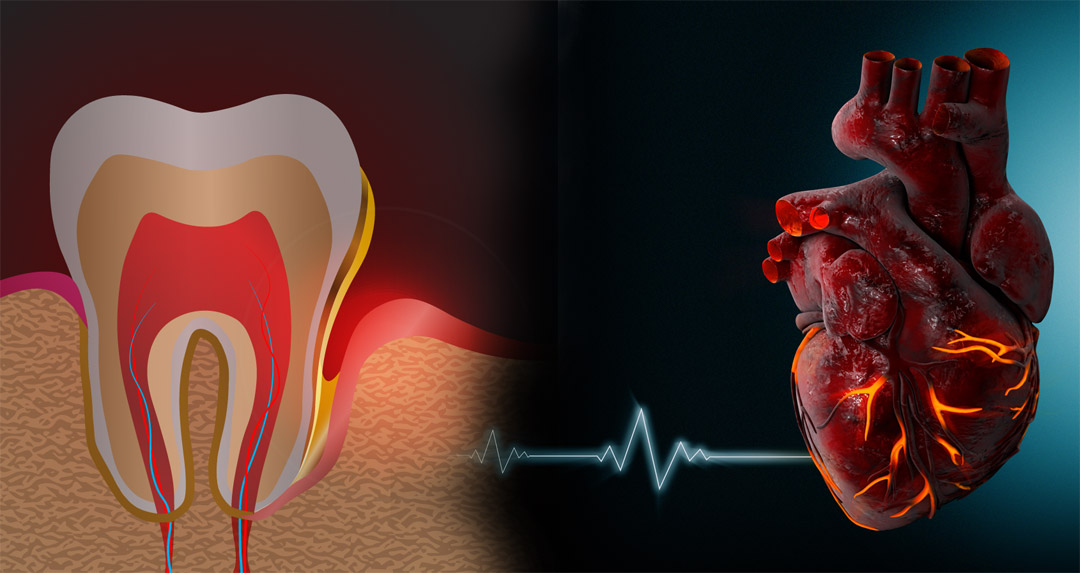Role of Multidetector Computed Tomography in Evaluation of Jaw Lesions
Role of Multidetector Computed Tomography in Evaluation of Jaw Lesions
A recent study assessed the role of multidetector computed tomasography in the evaluation of jaw lesions. It included 30 patients with suspected facial fractures, referred from the emergency department of El-Minia University Hospital. This type of imaging allows the radiologist to evaluate the mandible’s relationship to the adjacent skull base structures, including the glenoid fossa.
Compared to the conventional panoramic view, CBCT provides more detailed information on the periosteal reaction, the extent of intraosseous involvement, and the relationship to the dentition. Because of the overlap between CBCT and MR imaging, definitive characterization of jaw lesions is often challenging. Analysis of calcifications and matrix in the axial plane is helpful in determining the type of tumour.
A large portion of fractures occurred in the face, and MDCT was especially useful for midfacial bone injuries. Since facial anatomy is so complex, conventional radiography cannot provide accurate diagnoses of midfacial lesions. Because of this, MDCT was an essential diagnostic tool. By assessing the morphology and extent of these fractures, surgeons can determine the optimal surgical approach.
Unlike MRI, CBCT has a higher positive predictive value. However, in many situations, MRI has more sensitivity than CBCT. In some cases, it may be necessary to perform MRI, especially in those with a high clinical suspicion of a fracture. The most sensitive imaging modality is the MRI, which is more effective in certain scenarios.
Non-enhanced axial CT images were not useful for the evaluation of right inferior orbital wall fracture. Coronal and sagittal MPR images show a blasted-out anterior-orbital bone fracture. Moreover, the sagittal MPR images show the presence of bilateral supra-orbital margin and naso-frontal joint fracture.
The multidetector computed tomographic scan of the mandible can distinguish between the infiltrative and erosive types. The erosive pattern is characterized by a well-defined U-shaped lesion in the mandibular cortex, while the infiltrative mass has a more irregular and ill-defined lesion. The erosive pattern is usually associated with asymmetric growth of the temporomandibular joint. Infiltrative lesions can spread to the periosteoum, as can osteomyelitis.
A multidetector CT scan can help in identifying the presence of bone invasions. For example, a tumour that is infiltrating the bone is a good candidate for a marginal mandibulectomy. For the infiltrative type, the tumour is positioned at a high angle, with a sagittal shape.
A multidetector CT is a powerful diagnostic tool that allows for accurate and timely diagnosis. In the case of jaw lesions, MDCT can help in identifying bone loss and detecting the presence of fractured bone. In addition, the imaging of the mandible and the maxilla can also reveal signs of the inferior alveolar canal.
The multidetector CT scan allows for precise diagnosis of a variety of jaw lesions. The image-enhanced CT images are a useful tool in determining the size of an enlarged mandyle. An unenhanced CT scan can also detect traumatic optic neuropathy and bifid bone. Its sensitivity and specificity are also measured.
The multidetector CT scan can help in the evaluation of multiple jaw lesions. It is also useful in identifying fractures and tumors of the skull and jaw. Its high-resolution images can help determine if a patient has an infection and the severity of the disease. This type of CT scan can also help in diagnosing a bone-in-the-head.
A multidetector CT scan is more accurate than a plain radiograph, which limits the radiologist’s scope. In addition to the jaw, CT scans can be used to identify the brain in a patient’s neck. Similarly, a CT scan is useful in evaluating a tumour in the neck. In some cases, a cancer of the brain can also be detected with a high-resolution CT scan.


